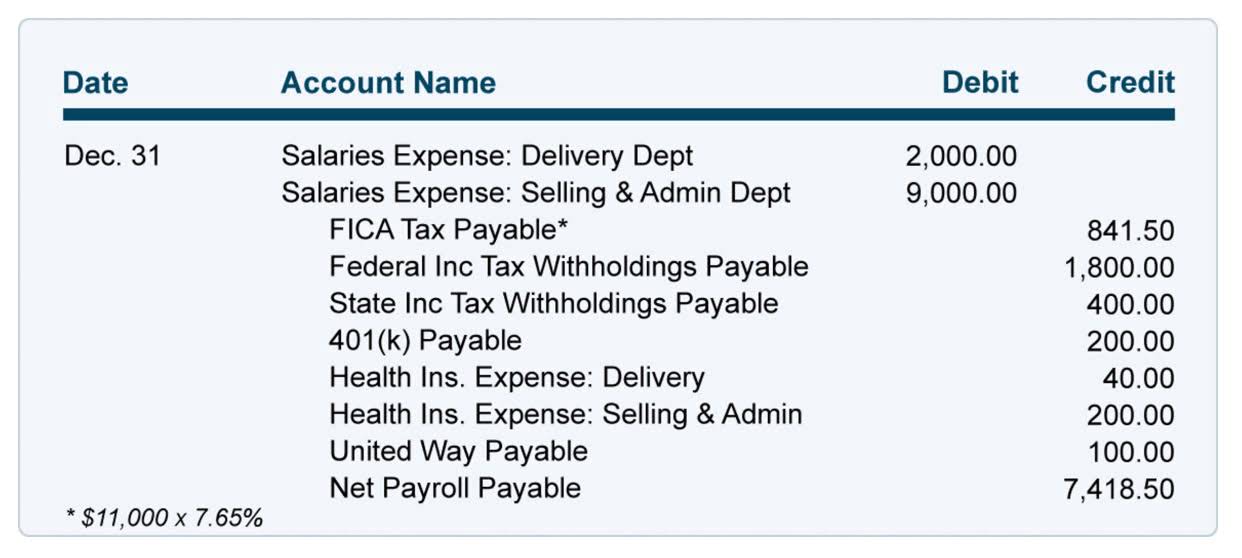Law firm Chart of Accounts with Legal Chart of Accounts Example

Make sure to check with your local state bar association for specific standards about trust accounts and IOLTA. Managing an organized law firm chart of accounts is crucial for maintaining your business’s overall financial health and meeting strict legal ethics requirements. This begins by creating a comprehensive list of all your firm’s cash inflow and outflow items.
For the Record Newsletter
- Trust accounting mistakes can lead to penalties, suspension, or even losing the right to practice law.
- Organizing the structure of your financial accounts into a chart of accounts enables your firm to record transactions properly.
- Make sure to check with your local state bar association for specific standards about trust accounts and IOLTA.
- Once you’ve chosen an accountant to work with, use these questions to guide your initial conversation.
- A hierarchical structure based on account types is crucial when creating a chart of accounts for a law firm.
State bar association rules require law practices to keep meticulous records so there is no impropriety when dealing with Interest on Lawyers’ Trust Accounts (IOLTA), or any other trust accounts. The rules vary by state, but at a minimum, attorneys are required to maintain “complete records.” The American Bar Association publishes a list of recordkeeping requirements by state. This structure enables the firm to generate accurate financial statements, including balance sheets, income statements, and cash flow statements, with ease and precision.

Summary of Law Firm Chart of Accounts
Most accounting software will allow you to import your chart of accounts and customize it within the software. You’ll also need separate ledgers for tracking all funds in trust accounts and interest accumulated on those accounts, as per legal requirements. This is known as Interest on Lawyers Trust Accounts (IOLTA) and listed as a segregated liability. To effectively manage legal accounting for law firms, it’s wise to start with a foundation that works for all aspects of running your firm. While it’s essential to understand the fundamentals of accounting for law firms, you still aren’t an accountant or bookkeeper.

Bookkeeping solutions
If there are any differences between the three, your trust reconciliation report should show the reason for the discrepancy. For example, say you deposited a check for $10,000 to the trust account on December 30 but the deposit didn’t clear the bank until January 2. The December 31 bank statement shows a balance that is $10,000 less than your books or the client’s trust ledger due to a timing difference. You would note this in your reconciliation report and ensure your January 31 bank statement includes the deposit.
- Equity partners or shareholders usually own a piece of the business and have a right to a share of the firm’s profits and losses.
- Additionally, choosing a payment provider with high fees or not following trust accounting laws due to improper merchant processor selection can also result in unnecessary expenses for law firms.
- Regular reviews and updates enable law firms to stay agile and responsive to the ever-changing demands of the legal landscape.
- Sometimes, banks will deposit the interest in one month, but withdraw the money in the next month.
Let’s delve into each of these benefits to understand why a well-organized chart of accounts is essential for your law firm’s success. Some accountants record financial transactions, and some bookkeepers assist with business decisions and prepare financial statements. This includes keeping strict records, tracking tax deductions, ensuring correct bank account setup, and choosing the right accounting method to develop a clear bookkeeping system. With the increasing emphasis on technological advancements in legal accounting, it’s essential for law firms to adapt and integrate efficient bookkeeping practices. Cloud-based accounting software can streamline legal accounting processes by improving accessibility and collaboration.
If you’ve ever balanced your checkbook, or simply compared the balances in your bank account and your company books to make sure they match, you’ve already performed a two-way reconciliation. Recording them as anything but that could land you in hot water with regulators and mess up your taxes. But if you’re confident that you can strategically use a credit card to grow your business and pay off your bill in full each month, having a business credit card can be helpful.

Asset tracking is essential for a business because it allows them to maintain an accurate inventory and ensure they have sufficient resources to operate. A key feature of CARET Legal is its ability to provide real-time updates and integrated systems. This ensures that any changes made in one part of the system are automatically reflected throughout. This automation reduces the chance of error and cuts down on time spent on manual data entry. Sometimes, banks will deposit the interest in one month, but withdraw the money in the next month.
They also need to make sure their accountants understand how law firms work. This way, the law firm can stay out of trouble and keep good records of all its money matters like trust accounts and tax returns. An example specific to law firms would be the sub-account of segregated liabilities. Under the heading of segregated liabilities, your chart https://www.bookstime.com/ of accounts should include pooled trust accounts and separate, interest-bearing trust accounts. At its core, a chart of accounts is a systematic representation of all the financial transactions that occur within your law firm. It serves as a comprehensive and organized framework that categorizes these transactions into various accounts.
Account Hierarchy in Law Firms

If you do not keep track of these, expenses can fall through the cracks and never get collected. In addition to their business checking and savings accounts, most law firms are required to hold client funds in a separate trust account—often called an “IOLTA”. Recording all revenues and expenses when they happen is much easier with accounting software as it connects to your firm’s bank account and automatically records and classifies all transactions. In the intricate world of law firm finances, a robust accounting system is the linchpin for success. Accounting is not just about tracking numbers; it’s a strategic tool that ensures regulatory compliance, expense precision, and overall financial prosperity.
The Importance of Accounting for Law Firms
Well, let’s delve deeper into the reasons why a well-organized chart of accounts is vital for the success of your law firm. If you’re not dealing with trust accounts, and just want to accept payments online or in-person, we recommend using Square. It’s intuitive, reliable, and the industry standard law firm chart of accounts for accepting payments online. Bookkeeping is the process of recording daily transactions in a consistent way and is a key component of building long-term financial success. Putting it off means having to catch up at the end of the year—the more stressful and time consuming approach.




